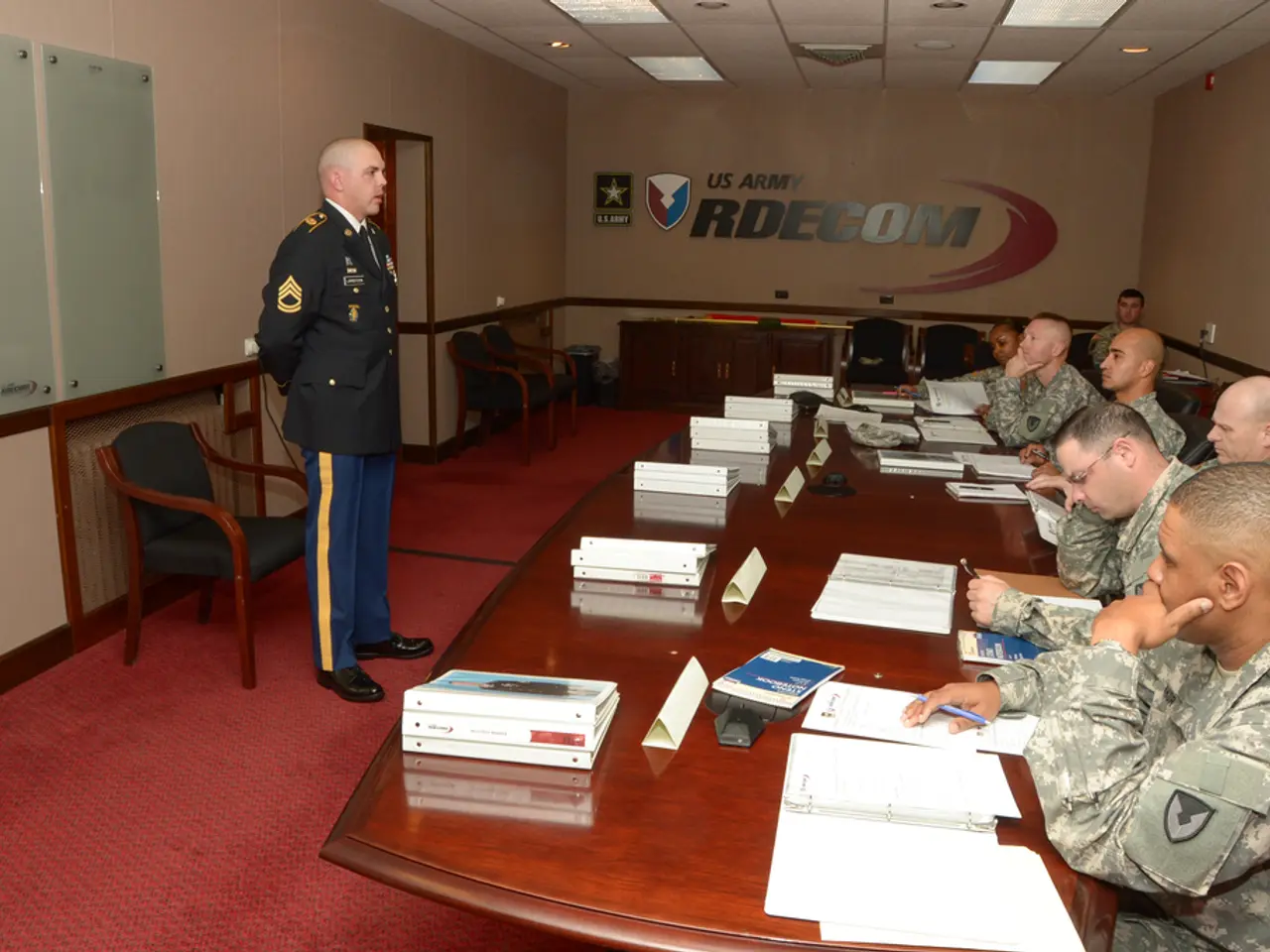"Express your opinions: Who does the government ought to rely on?"
The federal government is making significant changes to its suitability process for employment, aiming to align it more closely with the broader framework of the Trusted Workforce 2.0 personnel vetting reform effort.
For years, suitability has been considered the neglected sibling of the security clearance process. However, this is changing as part of the Trusted Workforce 2.0 initiative. The changes are outlined in a proposed rule from the Office of Personnel Management (OPM) and are intended to bring suitability more fully under the same risk management umbrella as security clearances and credentialing.
The federal government's suitability process refers to whether someone is appropriate for federal employment, not whether they should have access to classified information. The changes will result in more consistent adjudicative standards and a clearer process for determining whether someone should be removed from federal service. Agencies will receive clearer guidance on disqualifying criteria, such as misconduct, false statements, or prior removals for cause.
The public comment period for these rules is open through July 3, allowing stakeholders to provide feedback before the regulations are finalized. The changes are part of a broader effort to create a more agile, risk-based personnel system across the federal government.
The new changes aim to prevent employment issues from festering or going unaddressed, allowing an individual at risk of breaking government trust to simply drift from one agency to the next without accountability. OPM will have increased authority to direct agencies to take removal action, even after a candidate has been hired, if new information reveals they're unsuitable.
The proposal reinforces the idea that both suitability and security are crucial for maintaining a Trusted Workforce. In the current federal workplace, where the boundaries between public trust, national security, and agency mission support are becoming increasingly indistinct, this alignment is particularly relevant.
Continuous Vetting is starting to be implemented across the High-Risk Public Trust Population, making the need for these changes more pressing. Public trust employees working across government will soon be subject to the same regular criminal and financial checks as national security workers.
Critics view the policy as government overreach, but the proposed update to suitability aligns with the government's objectives of better alignment between suitability and security clearance determinations. A contractor without a clearance may still handle sensitive personal information, and an entry-level employee may still pose an insider threat. The changes aim to address these concerns and ensure that all federal employees meet the necessary standards of trust, risk, and reliability.
The individuals who currently have the opportunity to express their opinions during the public comment phase on the proposal to revise 5 CFR Part 731 are not explicitly identified in the provided search results. However, the public is encouraged to provide feedback on the proposed changes to help shape the future of the federal government's suitability process.
Read also:
- Tobacco industry's suggested changes on a legislative modification are disregarded by health journalists
- Uncovering Political Ad Transparency: A Guide to Investigating opponent's Political Advertisements in the Digital Realm
- Elon Musk praises JD Vance's debate performance against Tim Walz
- Right-wing Israeli minister supports controversial plan for West Bank settlement expansion








